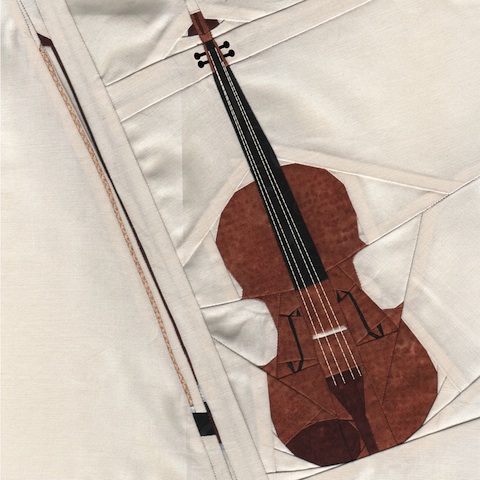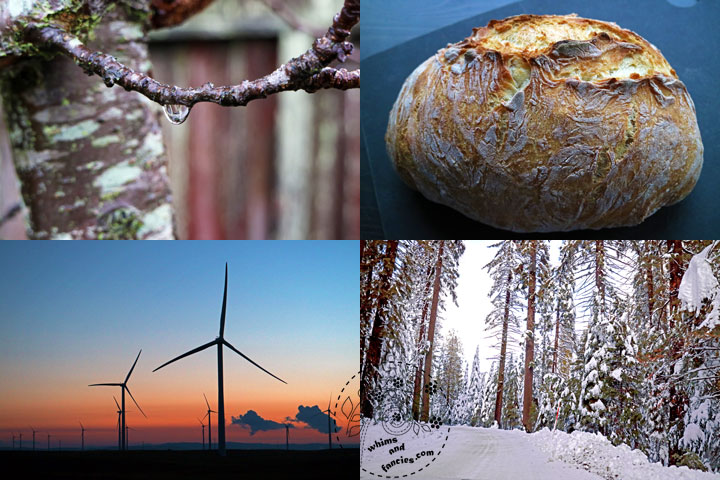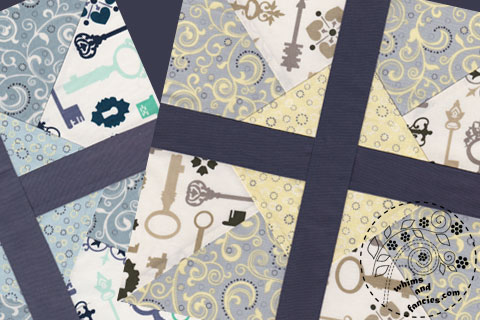Before I start talking about anything else, I want to thank everyone for linking up on Wandering Camera and leaving such wonderful comments. It was a great start to the monthly linky party and I really appreciate it.
As you know, I love making pictures into quilts. The design ideas come from all aspects of my life. For example, I started making the music instruments patterns with this violin because I play the violin.
When I started in 2012, I didn’t know a thing about quilting. I had seen pictorial blocks made using foundation/paper piecing and I really wanted to make them. I was addicted and I became a paper piecing designer.
When Cheryl started the Pattern Writing Series at Meadow Mist Designs, I was going to write a few lines about paper piecing as part of the weekly round table discussion. As I started writing I found out that there are quite a few reasons why I prefer paper piecing over regular piecing. Cheryl and I thought it would be great to write a post about it with a few examples.
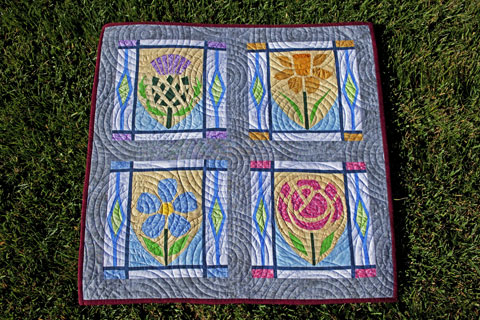
First and foremost, PP gives me the freedom of turning any picture I wish to make into a quilt block. A lot of the times, I don’t see the designs I really want depicted in fabrics. I can make my custom “fabrics”, if you will, using this technique.
Raindrops On Flowers is the first set of stained-glass-inspired designs I made depicting the flowers of the United Kingdom.
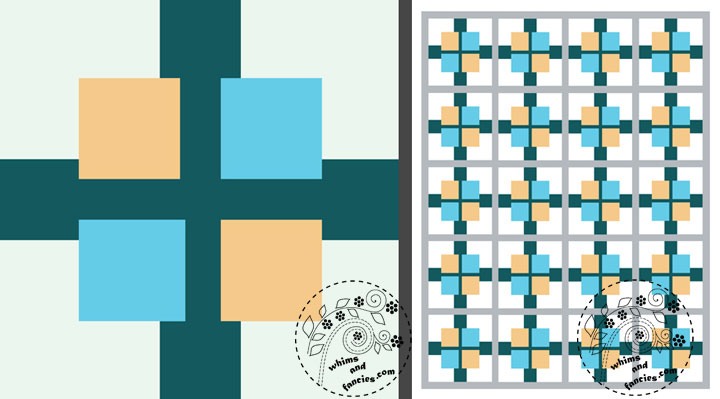 I am not the world’s most patient person when it comes to repetitive processes. I simply lose patience when I have to repeatedly cut all the pieces ahead of time. I want to get to sewing as fast as I can. If you are like me, you might also find PP advantageous.
I am not the world’s most patient person when it comes to repetitive processes. I simply lose patience when I have to repeatedly cut all the pieces ahead of time. I want to get to sewing as fast as I can. If you are like me, you might also find PP advantageous.
Although I included the instructions for both regular AND paper piecing in my new pattern Squares Plus, you can be sure that I will be using the PP method for my quilt.

Cutting all the pieces ahead of time seems very daunting to me. If I repeat a mistake while cutting my fabrics, then I have wasted a lot of fabric and I have to repeat the process. With PP I can cut and sew as I go. If I make a mistake, then I have wasted only a little.
I added a lot of colour variations in my Twilight Star quilt layout. The fabrics I picked for this quilt are out of production, so I rather make the blocks one at a time to avoid repeating cutting mistakes.
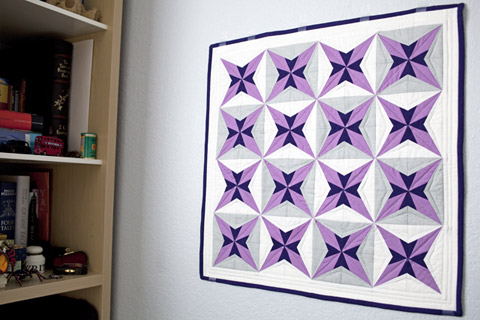
On a side note, I hear a lot of times that PP wastes a lot of fabric. With time and practice, you can actually minimize waste down to just trims. If I am going to make multiple blocks from a pattern, I usually print an extra copy of the pattern. I cut the pieces out and use them as templates to cut my fabric. That is how I made this quilt.
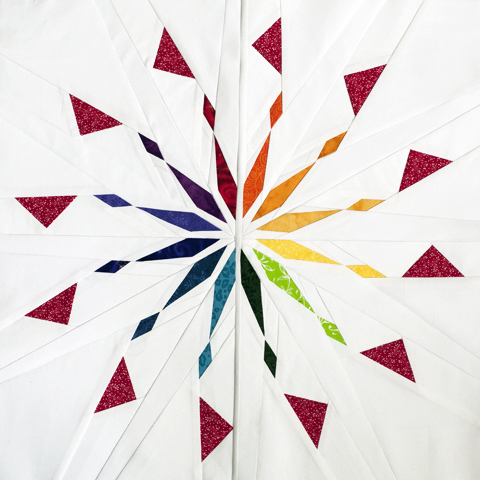
It is easier to sew complex patterns by converting them to PP patterns. Following numbers and letters is very much like painting by numbers. I enjoy the challenge of trying to define shapes with minimum amount of seam alignment to make it easier to sew for myself or anyone else making the block.
It was fun to design the star block with flying geese on this Geese Around The Sun wall hanging.
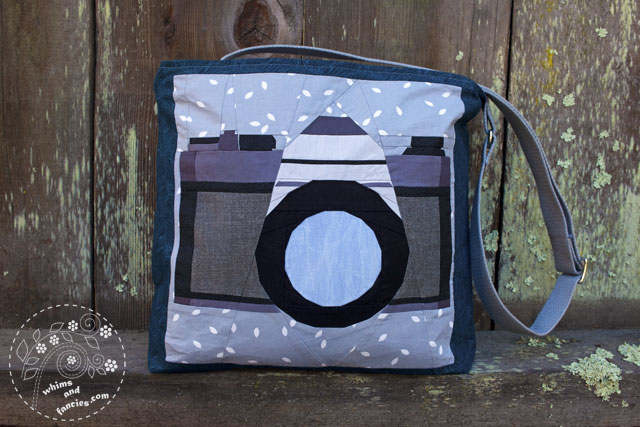
I like PP over appliqué because there are no raw edges with PP. I also don’t have to pseudo-FMQ to sew the appliqué pieces. Straight line sewing is all I need.
This travel bag gets roughed up quite a lot and goes though a lot of washing, so raw edges was not an option. Even though I have another pattern that uses an appliqué lens, I used the PP version for my bag.
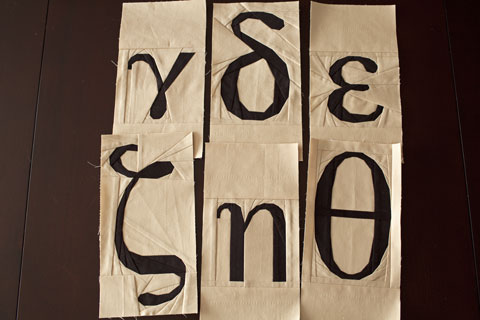
Curves are quite easy to replicate with PP even though they are made of straight lines. All the script letters in my To Hellenikon quilt are made using paper piecing.
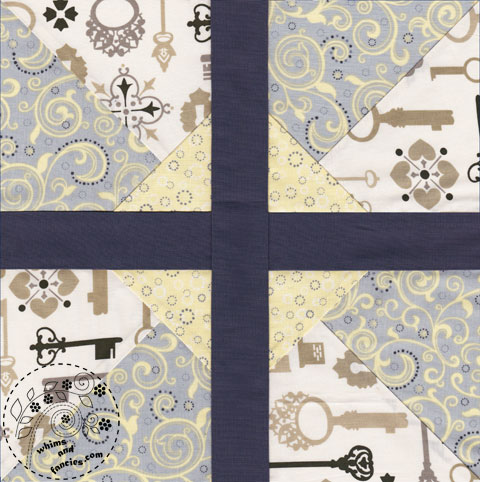
This last one is a big one for me. With PP I can get crisp and perfect corners and lines every time. You don’t have to be efficient with scant quarter inch seam. If you can sew on the line, you will get a perfect block every time.
My HST-s always come up a little smaller than the correct size. In my new WIP I chose to use PP on this simple block because I didn’t want to worry about scant quarter inch seam every time to get the right size.
There you have it! Paper piecing is how and why I started quilting and it will always be my first preference. There are limitless possibilities with paper piecing and I really cherish it.
Many Thanks to Cheryl for including me in the Pattern Writing Series and letting me write this post. I enjoyed sharing this with you. Please visit Meadow Mist Designs for more insight into pattern writing, Cheryl is doing a wonderful job with it.
Happy Quilting,
-Soma
Leave a comment

